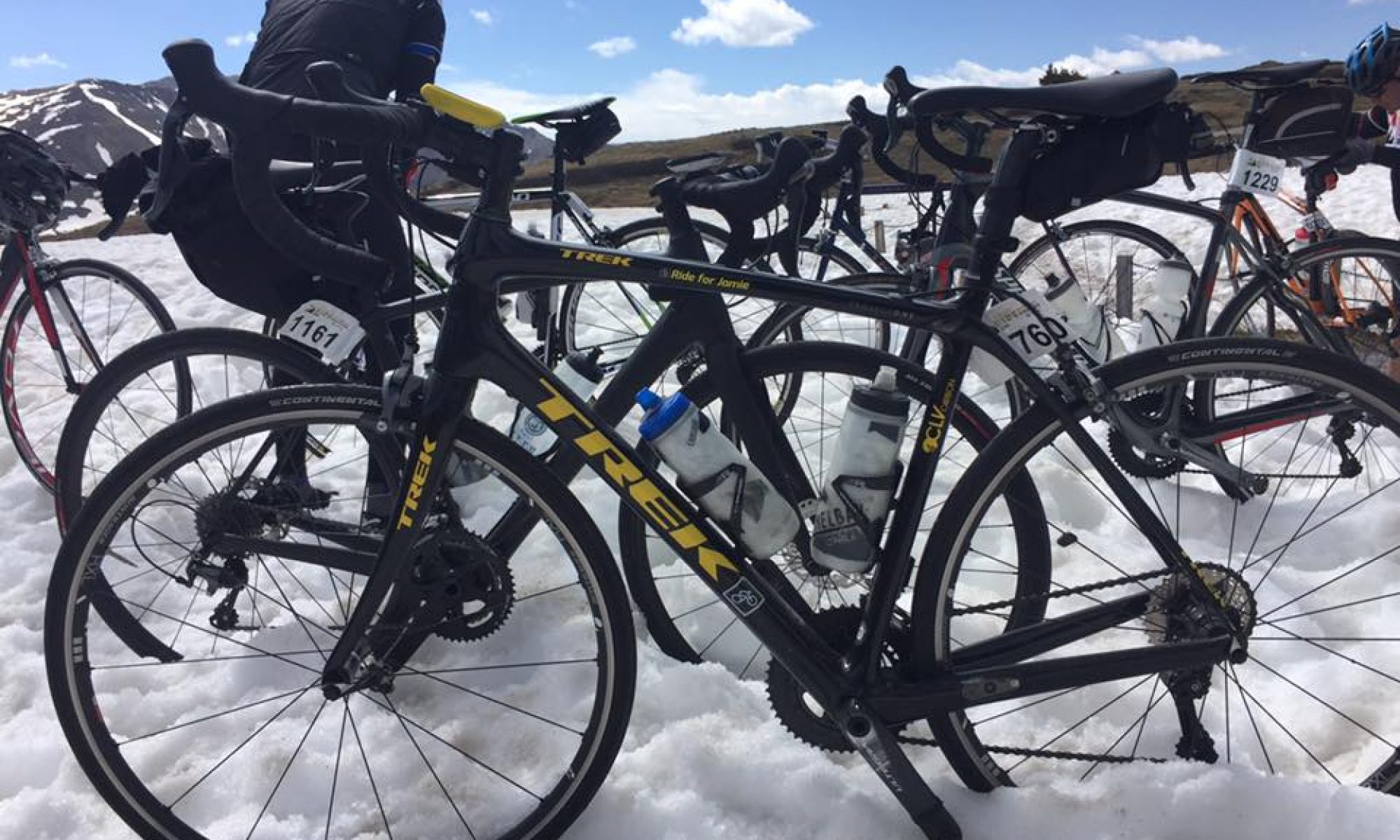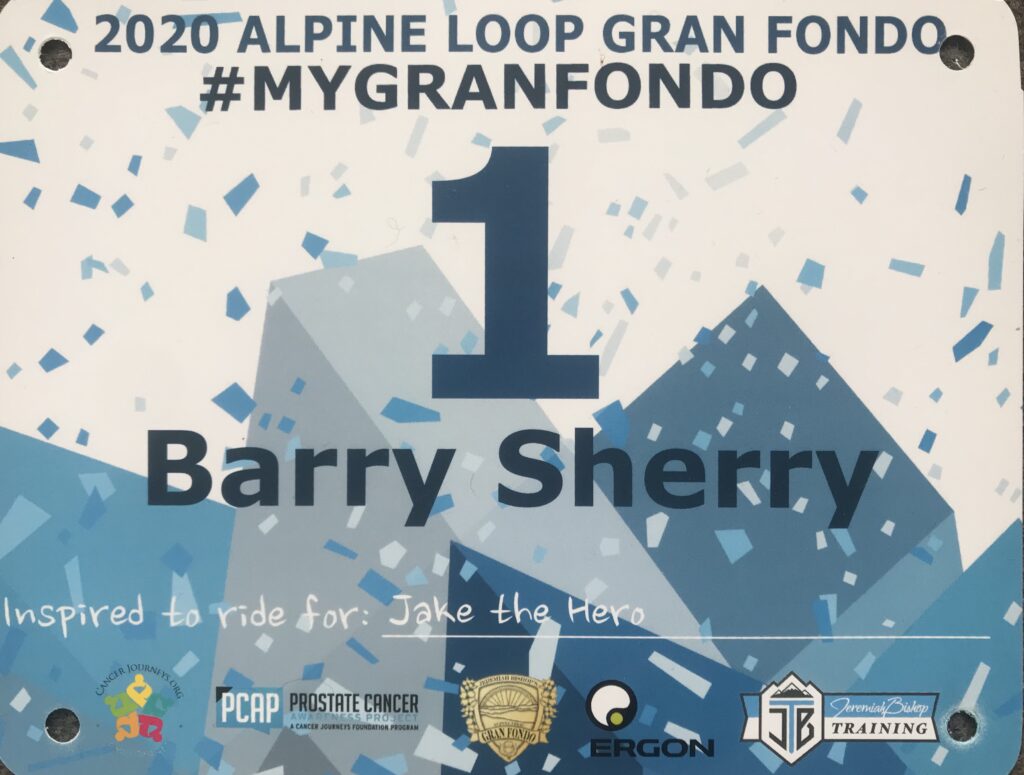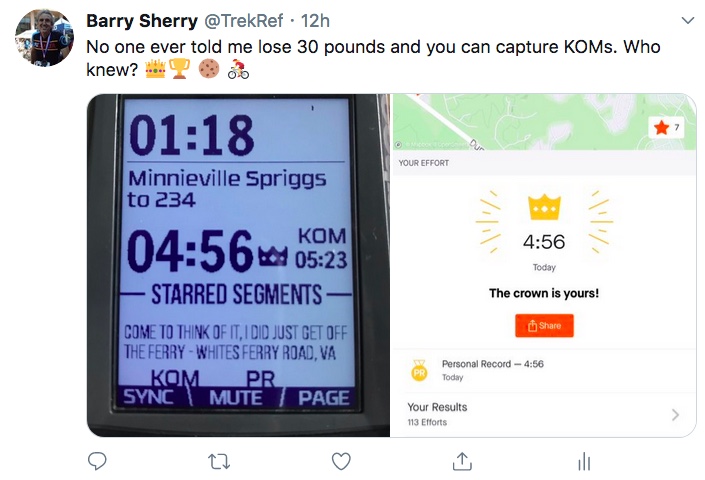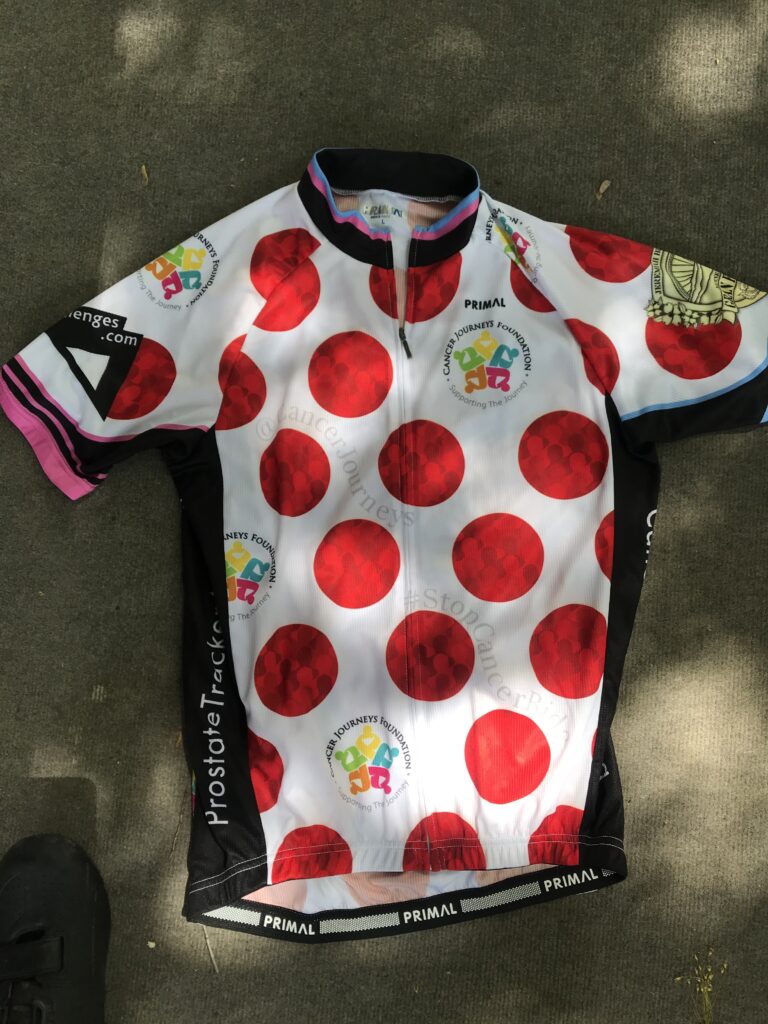Actually, I do Strava right. Here’s what I do
- Ride Hard (Do Good, Live Well)*
- Create segments that you will enjoy or will test you
- Flag the obvious outliers after a fair review of their rides
In the beginning, there was the bike. And it was good. And then there was a second bike and they probably raced. But soon there were thousands of bikes or millions, and people started looking at others and stating “you’re doing it wrong.”
Some cyclists started looking down on others because of how they sat on the bike, the bike they rode, or the clothes they wore. Eventually, “the rules of cycling” were codified, if you will, into The Rules.
For many cyclists, this list of 101 rules became the official rules of cycling to be followed no matter what. For others, they are viewed as what many thought they were intended, a satirical look at the idiocy of some in our midst who worry about crisp tan lines and sock lengths (while criticizing the UCI for worrying about sock lengths).
Cycling can be expensive. It can be exclusive. We need more people riding and our attitudes turn off some potential riders. And so Phil Gaimon rewrote the 101 rules into just 11. These are The New Rules of Cycling: AKA Philuminati.
Phil took 101 “rules” and came up with 11. Basically, do what you want. Wave to people. Have fun. Don’t be a dick.
With that as a background, I was a little dismayed to find “The Un-Written Rules of Strava.” I am not going to dignify a new list by including here. But I stumbled on someone’s rules for Strava. Or the “Un-Written Rules for Strava.”
I disagree with almost every one of the unwritten rules starting with the spelling of “unwritten” (unwritten and not Un-Written).
The author states that you are not to go overboard in writing the titles for your activity. Who cares? “Ride in the pouring rain” is fine as is “Trip to the bank.” It’s your ride, use what you want. In fact, I have an automated title creator from Bandok.
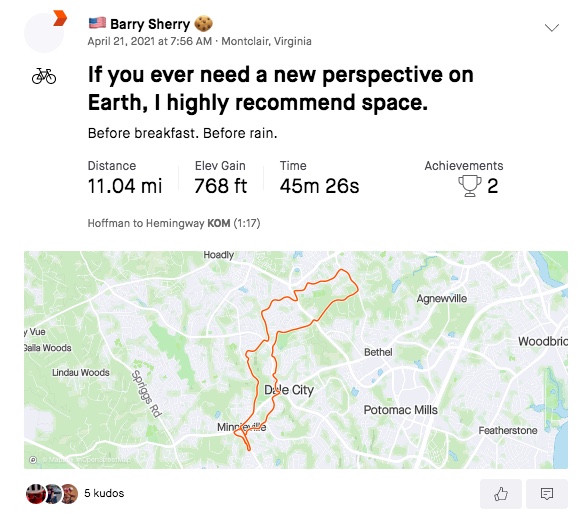
Make the title what you want. Running Magazine even had an article about the seven kinds of Strava title-makers. The more it is fun the more people will ride. Keep in fun. If long titles work for you, use them.
The Un-Written Rule keeper wrote down his rules and published them so we may disagree on more than the spelling of the word. How about a discussion on whether these are actually written rules. Hmmm.
He continued. Never flag a segment.
I have seen lots of segments where people in positions 2-5 are all grouped together within seconds but the “winner” (or KOM) for a segment was a full minute or two ahead of everybody. The author says to accept there are faster cyclists out there and don’t be a snitch.
There are plenty of cyclists faster than me. Most, in fact. There are some segments where I won’t be in the top 4,000.
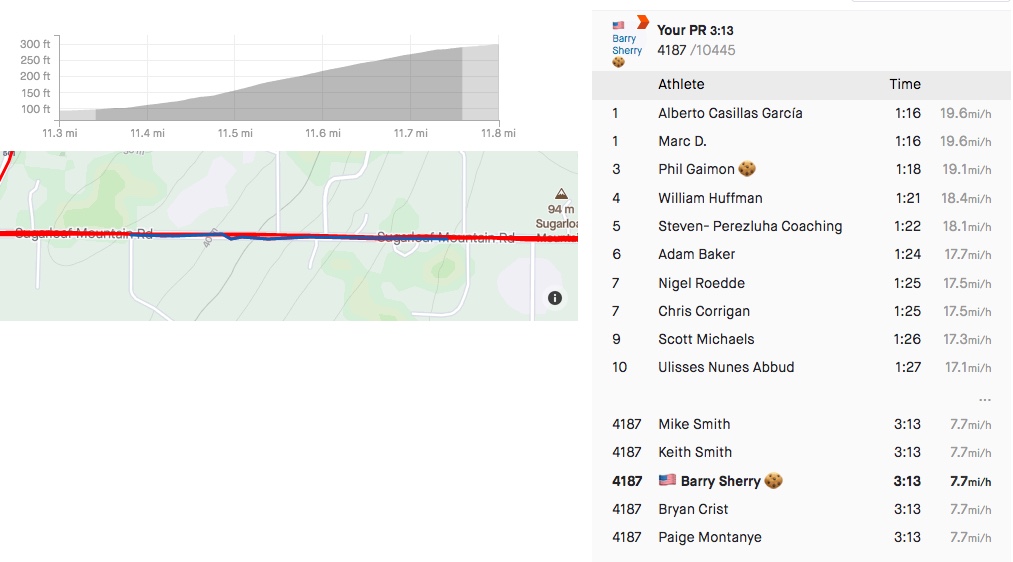
I look at the segments and ask if it could have been done on a bike. And how far does it stand out? On Strava you can see one’s entire ride. And it’s easy to determine if the effort was real. The presence of a heart-rate monitor is telling.
But I really have the problem with the author’s reasoning. He says to accept there will always be someone faster and don’t be that guy to report them. Cycling tried this in the 1990s and 2000s. It was called doping. No one was to call out another cycling for doping. In part, most were doping but even the clean riders were supposed to accept that someone else was faster. It didn’t work for doping and it doesn’t work for Strava.
I have flagged a handful of rides and in each case there was a clear ride portion of a few miles, usually averaging 10-15 mph. And then there was a segment, always at the end, which averaged 50 mph or more for the last couple of miles. In one ride where the user held a local segment (a half-mile from his house) the user’s last 15 miles were on I-95 in Northern Virginia where his top speed was 79 mph.
In all that I’ve flagged it appeared that the user inadvertently left their recording device on. I don’t believe for one second that any of the users decided they would get in their car to set a new Strava KOM. But more than just accept there is always someone faster, we also want realistic goals to chase.
The author then opined about what segments and how many are acceptable to create. He said on one 15-mile route that he rides there are 30 segments created. I say great! It doesn’t matter to him. Ignore them. Hide them. In my case, everywhere there is a decent enough uphill segment I create a segment. I want to challenge myself on my rides.
I have created a lot of local segments. And I always hope that I am not the default KOM when I create it. This gives me a goal set by someone other than myself. And if I pass someone for the KOM, they get a message or see that they are not the KOM any longer on a segment they probably didn’t know existed. And they can go out and reclaim, hopefully by just a few seconds, so I can try to recapture it again.
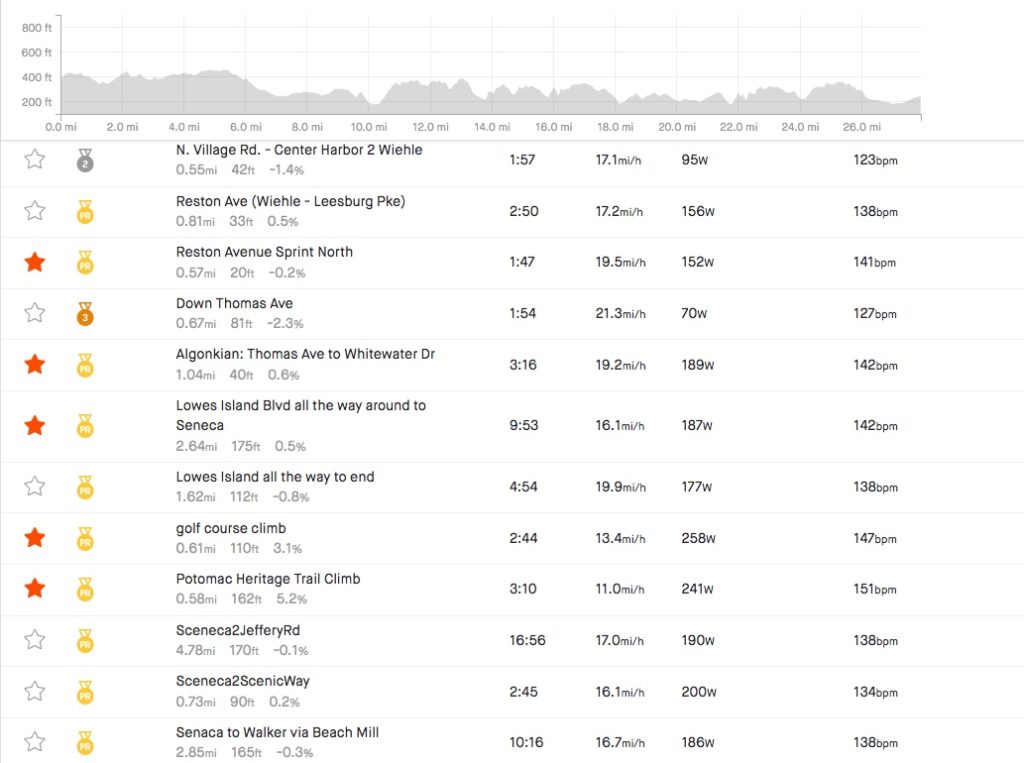
So the more segments the better. I’ve created some fun ones. Some challenging ones. And I know some on my local rides that I just ignore.
At the end of the year, Strava tells us how many kudos we’ve given and how many we’ve received. Strava wants users to be engaged. But the author encourages users not to give kudos for boring rides. Because he decided.
I saw one user who gave thousands of kudos (and usually always finds mine). He stated simply that he gives kudos for anyone who gets off their coach and exercises. Bravo Vince! I now do the same but, so far, only for outdoor activities. I don’t know what’s going on when I see a computer image of Alpe d’Huez. I’ve ridden the Alpe and it doesn’t look like a computer screen. But I will get there (giving kudos for indoor workouts).
So that’s it. One user felt it was necessary to write un-written rules for Strava. Don’t use titles to which he will disapprove. Don’t give kudos unless it’s for something epic. Don’t create too many segments. And don’t flag faster rides obviously done in a vehicle. So basically, I do Strava wrong.
Now off to create more segments. Hopefully those are on his route. I do Strava right. For me.
